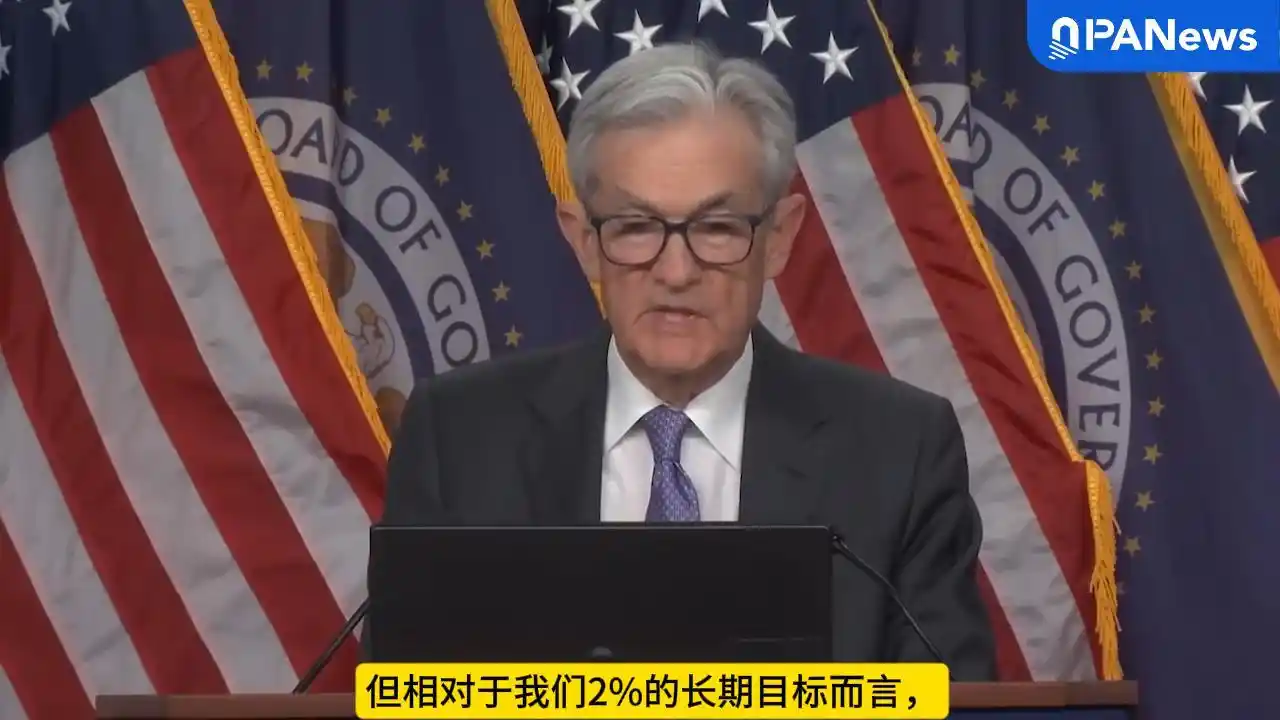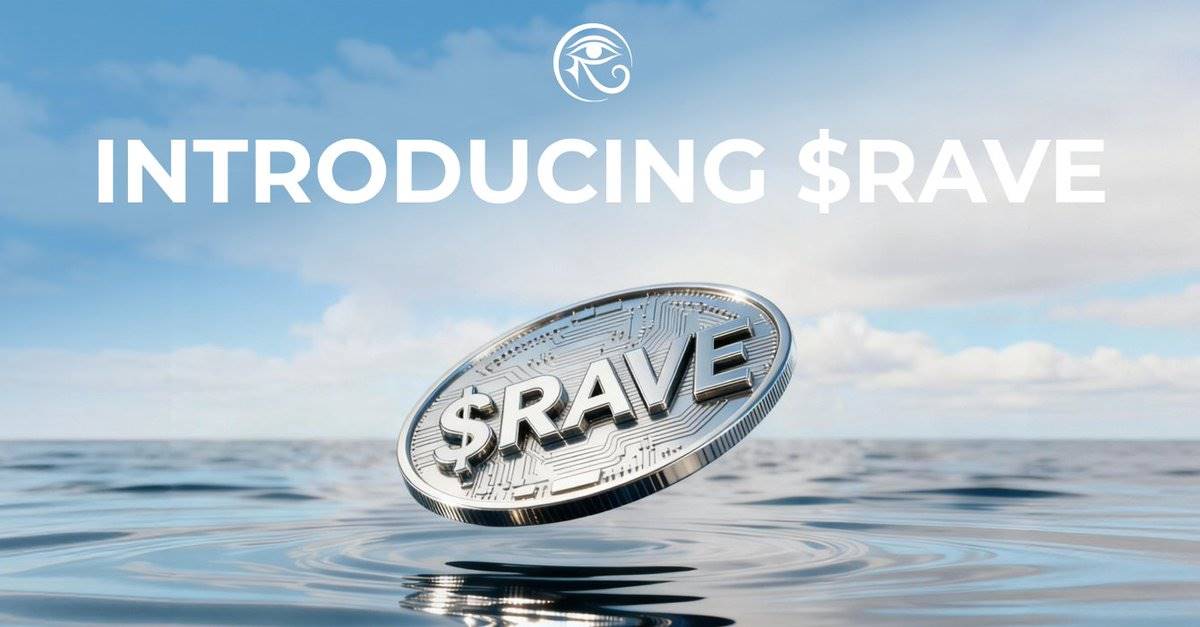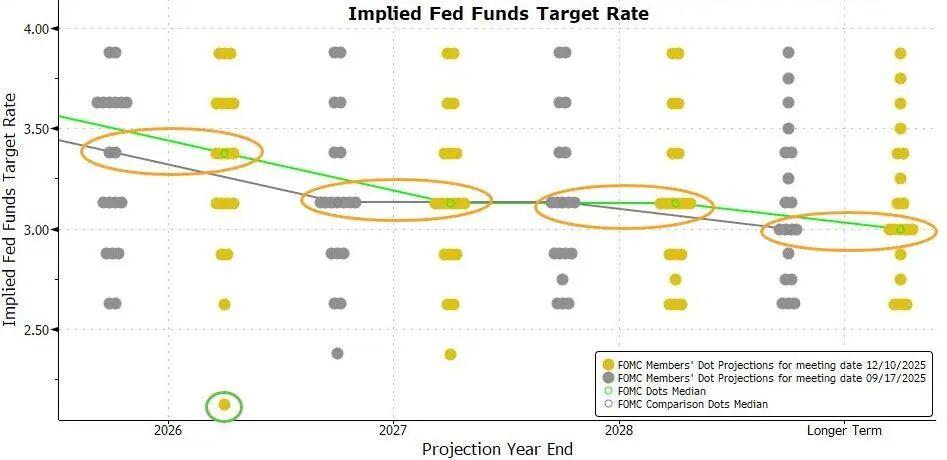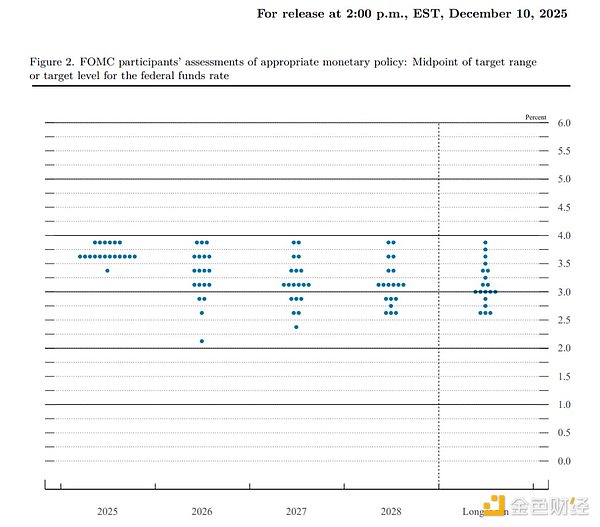The Institutional Shift from Bitcoin to Ethereum ETFs: A Structural Reallocation with Long-Term Implications
- Institutional capital is shifting from Bitcoin to Ethereum ETFs, driven by Ethereum's infrastructure-grade utility and yield advantages. - SEC approval of Ethereum ETF redemptions and 3.8% staking yields created a $9.4B inflow by Q2 2025, outpacing Bitcoin's $552M. - Ethereum's Dencun upgrade reduced L2 fees by 90%, boosting TVL to $45B and enabling real-world applications beyond speculation. - A capital flywheel effect emerges as staking, TVL growth, and corporate allocations reinforce Ethereum's instit
The institutional investment landscape in crypto is undergoing a seismic shift. While Bitcoin ETFs remain a cornerstone of digital asset portfolios, Ethereum ETFs are now outpacing them in institutional adoption, utility, and capital flywheel dynamics. This reallocation reflects a broader redefinition of how institutional capital views crypto assets—not as speculative bets, but as infrastructure-grade tools for yield generation, risk diversification, and real-world application.
Institutional Adoption: Ethereum's Accelerating Momentum
Ethereum ETFs have captured institutional attention through a combination of regulatory clarity and structural advantages. The U.S. SEC's July 2025 approval of in-kind redemptions for Ethereum ETFs normalized ETH as a reserve asset, unlocking access for corporate treasuries, pension funds, and sovereign wealth portfolios. By Q2 2025, Ethereum ETFs attracted $9.4 billion in inflows, dwarfing Bitcoin's $552 million. BlackRock's ETHA ETF alone secured $474 million, underscoring institutional confidence in Ethereum's infrastructure-grade potential.
This adoption is concentrated among the most crypto-savvy institutions. According to 13F filings, 92% of Ethereum ETF assets under management (AUM) belong to firms already invested in Bitcoin ETFs. However, only 24% of Bitcoin ETF filers have added Ethereum ETFs to their portfolios, indicating Ethereum's adoption remains narrow but accelerating. These overlapping institutions control 61% of Bitcoin ETF AUM, suggesting a flywheel effect: as Ethereum's utility becomes clearer, larger allocators are doubling down.
Utility and Yield: Ethereum's Structural Edge
Ethereum's appeal lies in its dual role as a yield-generating and utility-driven asset. Its proof-of-stake (PoS) model offers a 3.8% annual percentage yield (APY), a stark contrast to Bitcoin's zero-yield model. By mid-2025, 29.6% of Ethereum's total supply (35.7 million ETH) was staked, with the USD value of staked ETH rising 43% to $89.25 billion. This deflationary supply dynamic—driven by EIP-1559 and high staking participation—creates upward price pressure by reducing liquidity and incentivizing long-term holding.
Technologically, Ethereum's Dencun upgrade and EIP-4844 slashed Layer 2 (L2) transaction costs by 90%, enabling platforms like Arbitrum and Base to process 10,000 transactions per second at low fees. This has driven Ethereum's L2 Total Value Locked (TVL) to $45 billion by mid-2025, a 42% quarter-over-quarter increase. In contrast, Bitcoin's Layer 1 usage remains stagnant, with limited utility beyond speculative trading.
Capital Flywheel: Ethereum's Network Effects
Ethereum's institutional adoption is accelerating a capital flywheel: higher inflows → increased staking and TVL → stronger network effects → further institutional interest. This dynamic is evident in corporate allocations. Over 10 public companies now hold Ethereum on their balance sheets, with firms like Bitmine Immersion Technologies deploying 95% of their holdings into staking or liquid staking derivatives. Bitmine's $1.1 billion Ethereum acquisition signals confidence in Ethereum's long-term value, while its trading volume now surpasses JPMorgan's.
The derivatives market reinforces this trend. Ethereum's open interest (OI) hit $132.6 billion in Q3 2025—a 36.66% quarter-over-quarter increase—outpacing Bitcoin's declining OI. Meanwhile, Ethereum's DeFi TVL reached $223 billion by July 2025, dwarfing Bitcoin's TVL and cementing its role as the backbone of decentralized finance. Protocols like Aave , Spark, and EigenLayer now manage $22.3 billion, $3.5 billion, and $11.7 billion in TVL, respectively.
Investment Implications: A Strategic Reallocation
For institutional investors, Ethereum ETFs represent a strategic reallocation from Bitcoin's store-of-value model to Ethereum's yield- and utility-driven framework. While Bitcoin remains a hedge against macroeconomic uncertainty, Ethereum's structural advantages—staking yields, deflationary supply, and real-world applications—position it as a superior capital-allocating tool.
Investors should consider Ethereum ETFs as a core component of crypto portfolios, particularly those seeking exposure to innovation in DeFi, tokenization, and AI-driven markets. However, caution is warranted: Ethereum's growth is still concentrated among a small group of allocators, and regulatory shifts could disrupt momentum. Diversification across both Bitcoin and Ethereum ETFs may offer a balanced approach, leveraging Bitcoin's stability while capturing Ethereum's growth potential.
Conclusion: A New Era of Institutional Capital Allocation
The institutional shift from Bitcoin to Ethereum ETFs is not a zero-sum game but a reflection of evolving investor priorities. Ethereum's utility, yield, and technological innovation are reshaping how capital is allocated in the crypto space, with long-term implications for portfolio construction and market dynamics. As Ethereum ETFs continue to outperform and attract deeper capital, the broader institutional market is beginning to view Ethereum as a natural extension of crypto strategies—rather than an isolated bet.
For investors, the message is clear: Ethereum is no longer just a speculative asset. It is the infrastructure of the digital economy, and its institutional adoption is accelerating a structural reallocation of capital that will define the next phase of crypto investing.
Disclaimer: The content of this article solely reflects the author's opinion and does not represent the platform in any capacity. This article is not intended to serve as a reference for making investment decisions.
You may also like
Powell: Employment is weakening, inflation remains high, and no one is talking about rate hikes now
Powell pointed out that the U.S. labor market is cooling, with hiring and layoffs slowing down and the unemployment rate rising to 4.4%. Core PCE inflation remains above the 2% target, but service inflation is slowing. The Federal Reserve has cut interest rates by 25 basis points and started purchasing short-term Treasury bonds, emphasizing that the policy path needs to balance risks between employment and inflation. Future policies will be adjusted based on data. Summary generated by Mars AI. This summary is produced by the Mars AI model, and the accuracy and completeness of its generated content are still in the process of iterative improvement.

$RAVE TGE Countdown: When Clubbing Becomes an On-Chain Economic Activity, the True Web3 Breakthrough Moment Arrives
RaveDAO is rapidly growing into an open cultural ecosystem driven by entertainment, becoming a key infrastructure for Web3 to achieve real-world adoption and mainstream breakthrough.

A "hawkish rate cut" that's not so "hawkish," and balance sheet expansion that's "not QE"
The Federal Reserve has cut interest rates by another 25 basis points as expected, still projecting one rate cut next year, and has launched an RMP to purchase $40 billion in short-term bonds.

